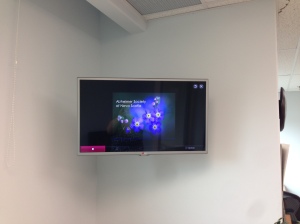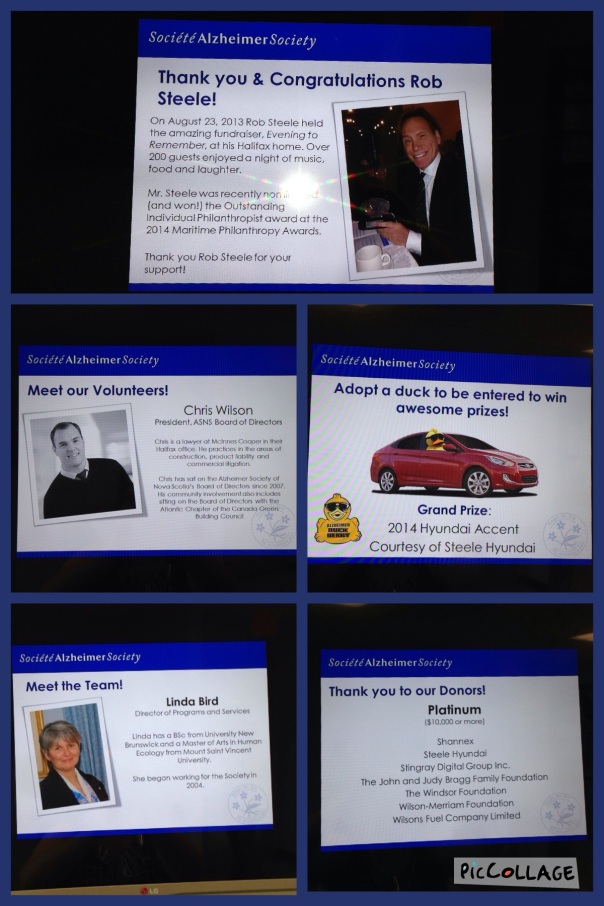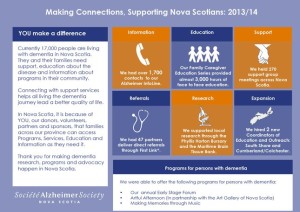In an often crowded not-for-profit market, it can be difficult to make your organization stand out. It’s definitely something we are always working on at the Society. We want to make sure that people know who the Alzheimer Society of Nova Scotia is and what we do.
So, how do we do that? Here are a few tips and tricks I’ve learned along the way.
- Plan ahead: Take some time to map out the year ahead, month by month. This will help you decide if there something specific you want to focus on each month. It’s amazing to see how often you can leverage something that is already happening to make sure your organization’s message gets out there.Here’s an example of how the Society does this:
| Month | Focus | Angle |
| December | Holiday season | Tips for gifts/caregiving/ visiting someone with dementia |
| March | Brain Awareness Week | Better brain health/risk factors for dementia |
| June | Father’s day | Profiling the men in our lives |
As great as planning ahead is, you still need to make sure you are flexible. Even though you have mapped out the year, something will likely come up at the last minute, and you need to be ready to respond.
- Be active and engaging on social media:
I can’t emphasize this one enough. Being part of the conversation on social media is a great way to talk about who your organization is and what you do. But, simply just posting isn’t enough – you need to make sure you are engaging your audience. For some social media tricks on how to best engage your audience – check out one of our previous blog posts here.
- Get out there:
Make sure you take every opportunity available to get in front of a crowd to talk about your organization. If you’re doing a media interview, an education session or speaking at one of your organization’s event – make sure you always bring it back to the overall message of who you are and how you can help. - Change it up:
Don’t be afraid of change. By switching it up every now and then, you can start to create a buzz about your organization. We change it up every year with National Philanthropy Day, and it has definitely made people take notice of what we are doing.
These are just a few tips, but we’d love to hear from you. Do YOU have some tips YOU can share about making sure your organization stands out? Leave a comment below.






